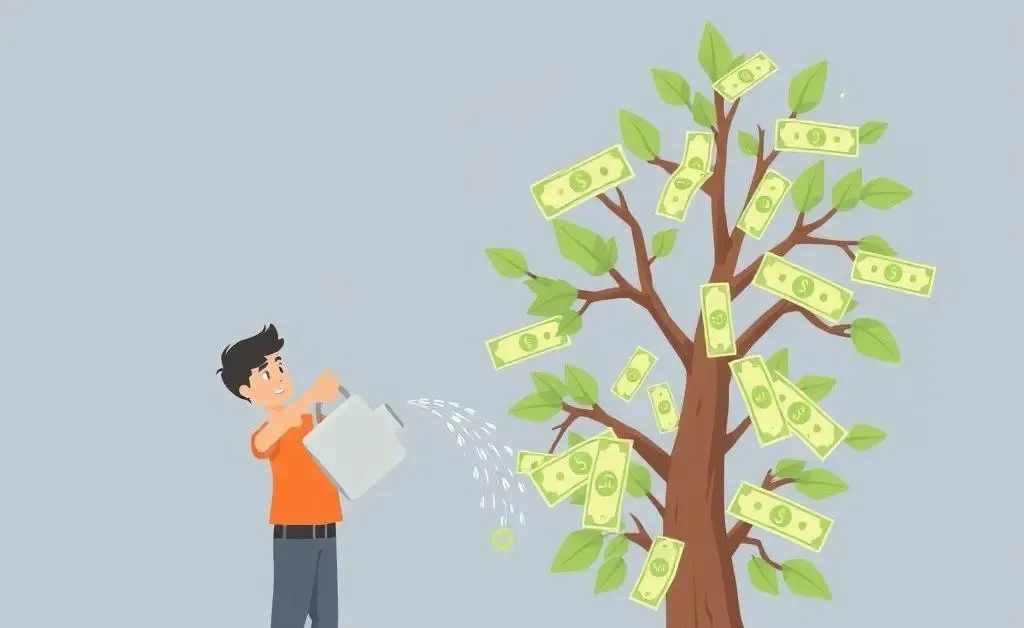Demystifying Dividend Investing: A Guide for Beginners
Uncover the essentials of dividend investing in a friendly guide for beginners.

Ever found yourself daydreaming about a steady income flowing in without lifting a finger? That dream could be closer than you realize, thanks to dividend investing. It might sound a bit fancy, but don't worry—I'm here to give you the lowdown on how it all works.
What is Dividend Investing?
In simple terms, dividend investing involves buying stocks that regularly pay out a portion of the company's earnings to its shareholders. Think of it like owning a tiny piece of a money-making pie. When the company profits, you get a sweet, tasty slice.
Why Consider Dividend Stocks?
- Steady Income: Many investors love dividends because they provide a regular source of income, like a paycheck that comes from your investments.
- Reinvestment Opportunities: You can choose to reinvest your dividends to buy more shares, compounding your investment over time.
- Lower Volatility: Dividend-paying stocks tend to be less volatile, adding stability to your investment portfolio.

One of my friends once shared her experience of dipping her toes into dividend investing. Initially, she was hesitant. It seemed like only the savvy investors knew their way around such waters. But as she began her journey, she realized it was less about being an expert and more about learning and growing with her investments. This brings us to an exciting part of the process—
Getting Started with Dividend Investing
Step 1: Research and Choose Wisely
Start by researching companies known for their reliable dividend payouts. Look at their history to determine if they're consistent in their earnings and dividend distribution. Resources like company websites and financial news platforms can be useful.
Step 2: Assess the Dividend Yield
The dividend yield is a crucial metric—it tells you what percentage you're earning on your investment, relative to the price you paid for the stock. A higher yield isn't always better; balance it with your investment goals and risk tolerance.
Step 3: Diversify Your Portfolio
Diversification is your friend. Investing in various sectors reduces risk. Consider creating a mix of dividend-paying stocks and other assets to balance potential dips in different areas of the market.

Remember, just like planting seeds in a garden, patience and consistent care are crucial. Over time, these investments can blossom beautifully.
Conclusion
Diving into dividend investing doesn't have to be intimidating. It's about learning, experimenting, and growing your knowledge over time. Who knows—you might find yourself one day advising your curious pals!
What questions do you have about getting started in dividend investing? Let's chat in the comments below!




